19 Wild Animals in Queensland [Wildlife in Queensland]
Want to know more about the wildlife in Queensland, Australia?
Discover 19 wild animals in Queensland in this post, as well as interesting facts about them. 🇦🇺
Native Animals from Queensland
Queensland is the second-largest state in Australia and the third-most populous one. It is located in the northeastern part of the country, has a population of more than 5.2 million, is a multicultural state with almost a third of immigrants, and its economy is dominated by mining, international education, agriculture, transportation, banking, and insurance. It is bordered by the other Australian states of South Australia, New South Wales, and the Northern Territory, and its capital and largest city is Brisbane, which counts more than 2,560,000 inhabitants, and is Australia’s third-most populated city.
An interesting part of this region that I wanted to tackle is its wildlife. In light of that, I have listed the best of it, and I hope you will love learning what animals live in Queensland.
Here’s the Queensland animals list.
1. Common ostrich
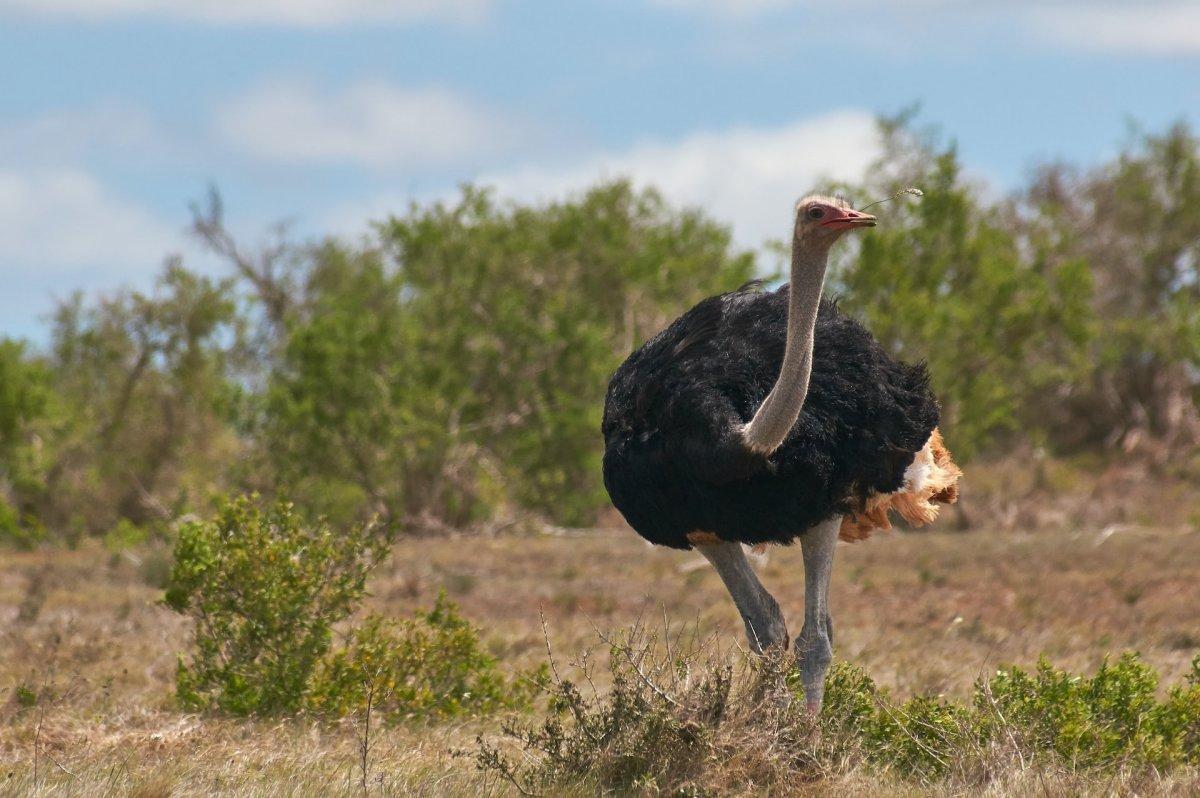
- Name: Common ostrich
- Scientific name: Struthio camelus
- Conservation status:
The common ostrich, also simply known as the ostrich, is a large species of flightless bird native to Africa. It is the largest bird in the world, and although it cannot fly, it can reach incredible speeds of up to 70 km/h / 40 mph!
This impressive animal was introduced to Queensland and Australia, and it is now farmed all around the country, although some individuals escaped and formed feral populations in the Australian outback.
Best spot to see this animal: the Australian outback (pretty rare)
2. Platypus
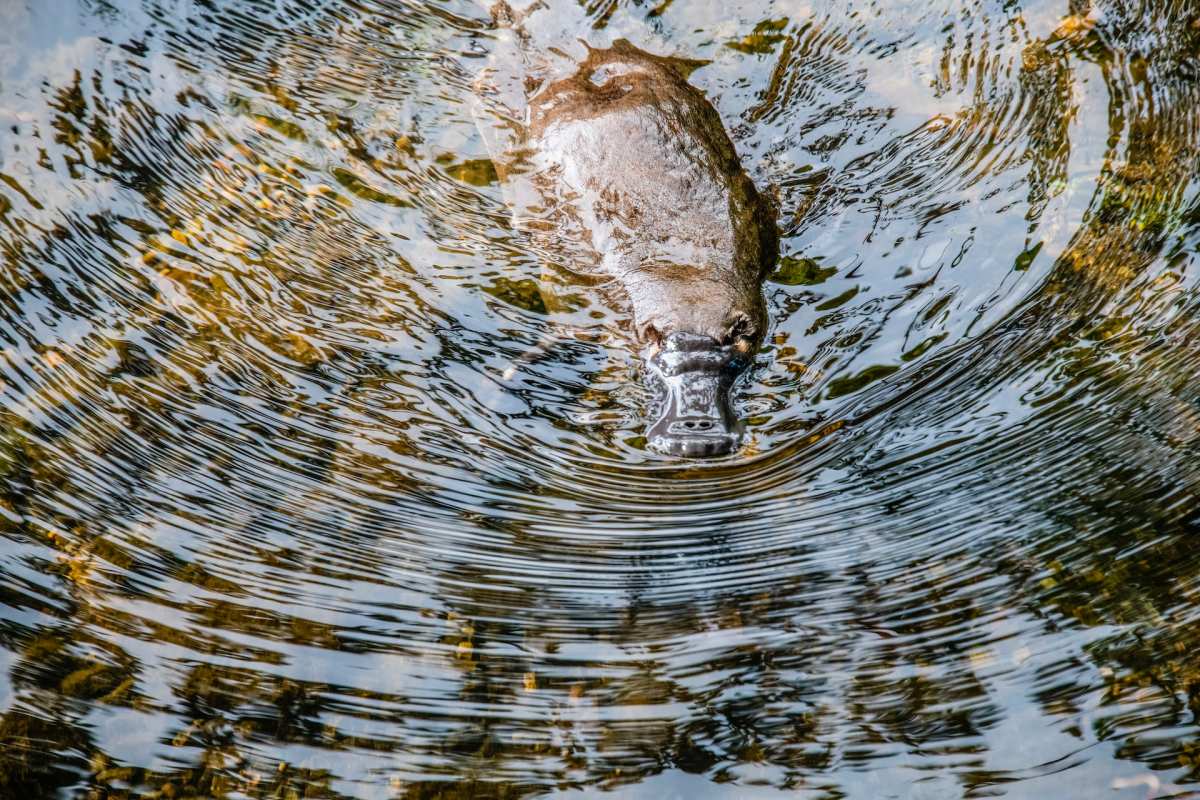
- Name: Platypus
- Scientific name: Ornithorhynchus anatinus
- Conservation status:
The platypus is one of Australia’s strongest symbols, being one of the most peculiar animals on the planet and being only found in the country! In fact, it can be seen all around the eastern coast, and as far south as Tasmania.
Believe it or not, male platypuses have venom! It is not strong enough to kill a human (but it would leave the victim incapacitated, suffering from excruciating pain), but more than enough for smaller animals such as dogs and cats!
Best spot to see this animal: Broken River, Eungella National Park
3. Tiger quoll
- Name: Tiger quoll
- Scientific name: Dasyurus maculatus gracilis
- Conservation status:
The tiger quoll, also known as the spotted-tail dasyure, the tiger cat, the spotted-tail quoll or the spotted quoll, is the largest carnivorous marsupial found in mainland Australia, and the second-largest in the world after the Tasmanian devil. It can be found in much of eastern Australia, where there are at least 600 mm / 23.6 in of rainfalls per year.
This marsupial inhabits the wet forests of northeastern Queensland and is partly arboreal.
Best spot to see this animal: coastlines of Cairns and Hinterland
4. Koala

- Name: Koala
- Scientific name: Phascolarctos cinereus
- Conservation status:
The koala is one of Australia’s strongest symbols in the world, being once more unique to the country. It is also Queensland’s state animal and is found in coastal areas of the region. It is the only representative of its family, is closely related to wombats, and can easily be distinguished from other species thanks to its tailless body and fluffy ears.
This marsupial is known to sleep for up to 20 hours per day, and does not need to drink thanks to the moisture on the eucalyptus leaves it eats.
Best spot to see this animal: Lone Pine Koala Sanctuary
5. Red kangaroo
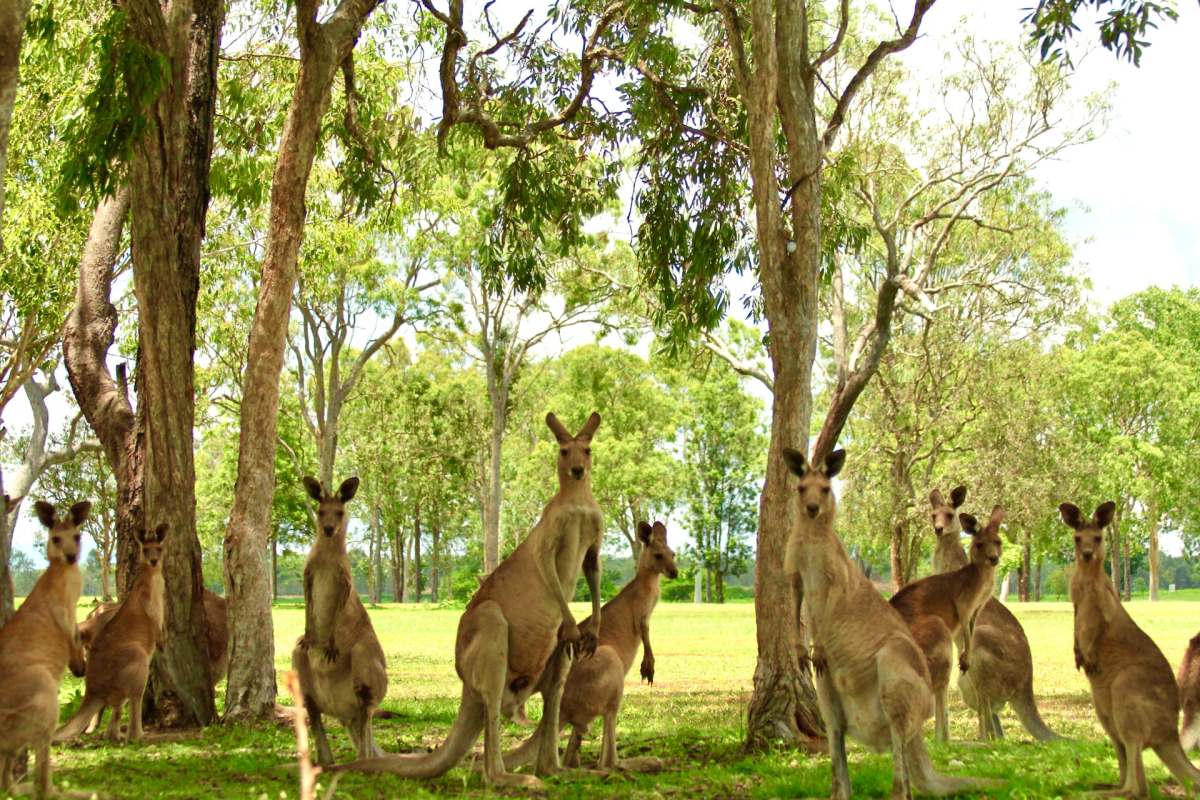
- Name: Red kangaroo
- Scientific name: Osphranter rufus
- Conservation status:
The red kangaroo is the emblem of Australia as a whole, and the country is known to be home to more kangaroos than humans! It can be found all around the country and is the largest kangaroo, the largest marsupial, and the largest terrestrial mammal native to Australia.
This mammal only inhabits arid and dry environments and avoids the more fertile areas in the southwest and around the eastern coastline.
Best spot to see this animal: Currumbin Wildlife Sanctuary
6. Southern cassowary
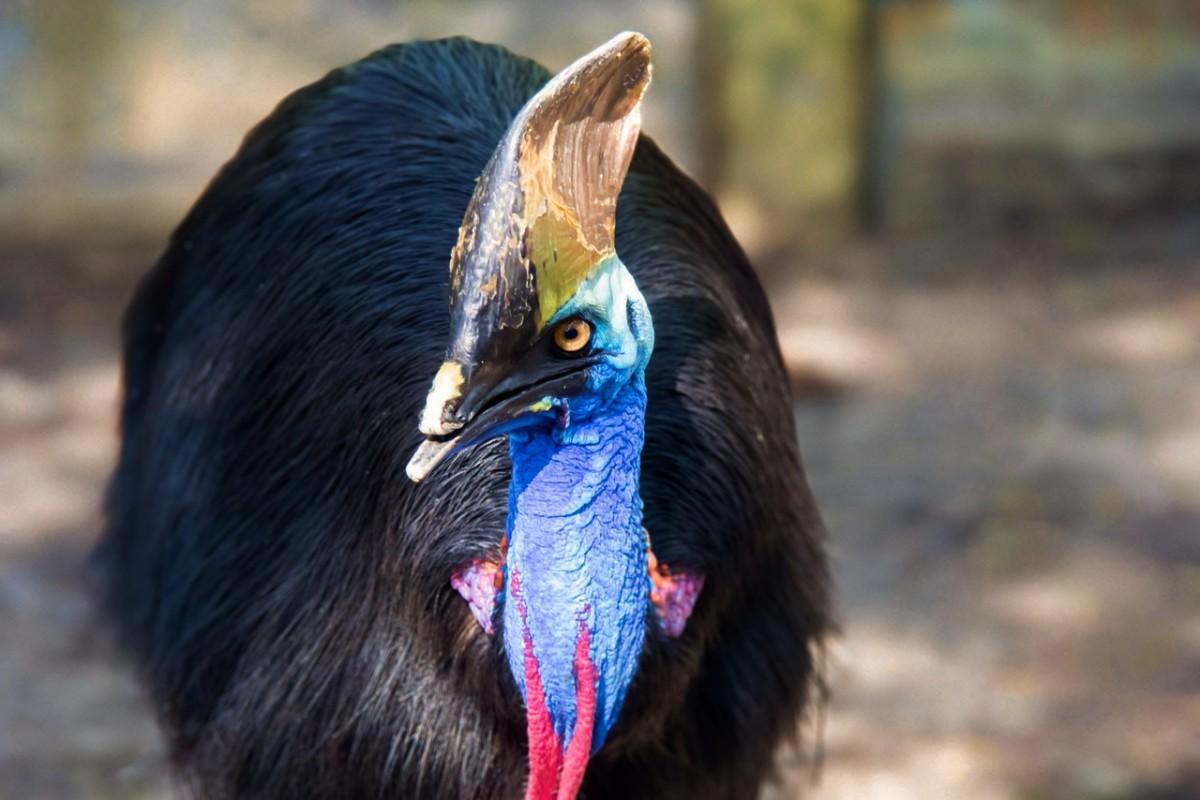
- Name: Southern cassowary
- Scientific name: Casuarius casuarius
- Conservation status:
The southern cassowary, also known as the Australian cassowary, the two-wattled cassowary, or the double-wattled cassowary, is another large flightless bird found in Australia, but also in several neighboring countries such as Indonesia and Papua New Guinea.
This bird is known to be among the most dangerous animals in Queensland. It is unpredictable and aggressive, but deadly encounters are pretty rare as only 2 deaths have been reported since 1900. When attacking, it jumps high and kicks powerfully with its very large claws.
Best spot to see this animal: Cassowary Coast
7. Australian brushturkey
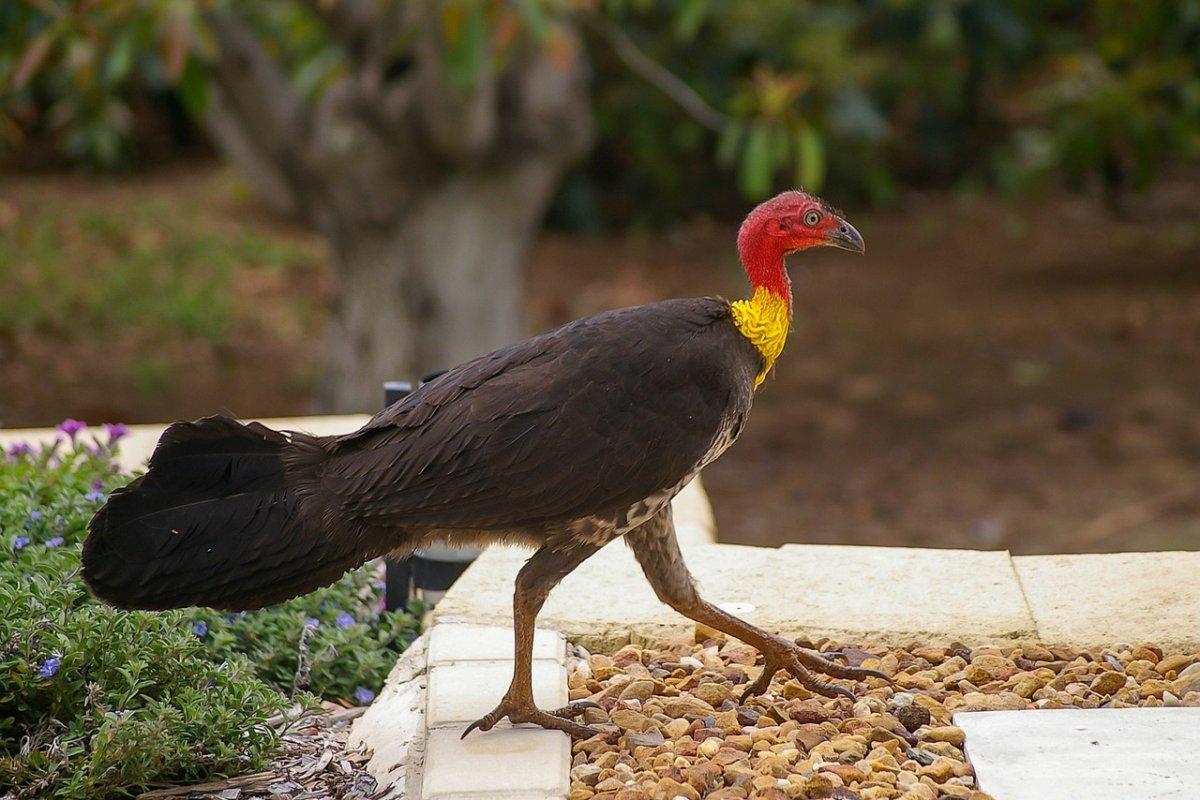
- Name: Australian brushturkey
- Scientific name: Alectura lathami
- Conservation status:
The Australian brushturkey, also known as the gweela, the scrub turkey, or the bush turkey, is a species of megapode found in most of eastern Australia, where it is fairly common and widespread. It has also been introduced to other areas of the country such as Kangaroo Island.
Interestingly enough, this bird builds a very large nest of up to 4 m / 13 ft across and 1 to 1.5 m / 3.3 to 4.9 high!
Best spot to see this animal: Cape York Peninsula
8. Dingo
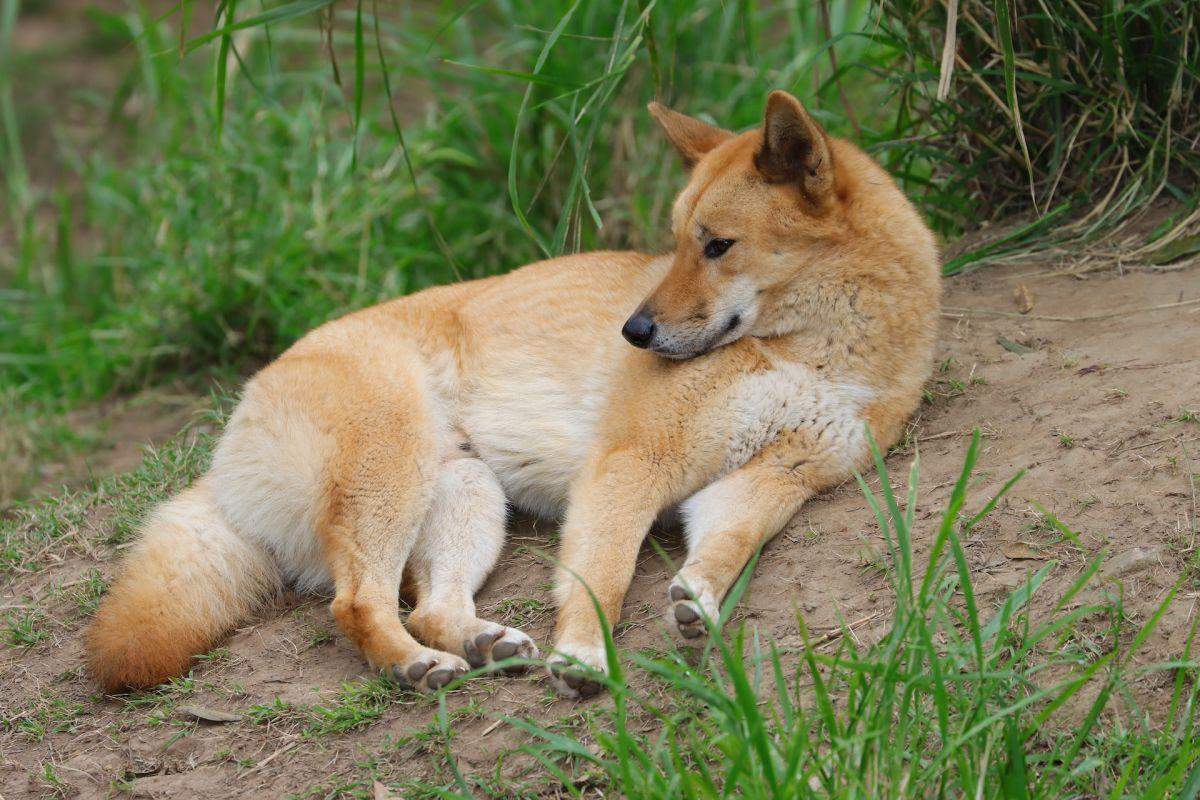
- Name: Dingo
- Scientific name: Canis dingo
- Conservation status:
You probably know it by now, but Queensland and Australia are unique in terms of wildlife, and they even have their very own canine, the dingo. Medium-sized and very skinny, it has adapted to the harsh conditions of the Australian environment and is particularly enduring and agile.
It was introduced to Australia about 4,000 years ago, and is now very common all around the country, even being considered a pest; aside from the fertile regions in the southeast and the southwest, it can be found all around the country.
Best spot to see this animal: Fraser Island
9. Dugong

- Name: Dugong
- Scientific name: Dugong dugon
- Conservation status:
The dugong is a large species of marine mammal found all across the Indo-West Pacific, in about 40 countries and territories. It lives in most of the shallow waters of Queensland, as well as in the rest of northern and western Australia.
This mammal is related to manatees, and it also has a fusiform body with no hind limbs or dorsal fin. Traditional hunting of the dugong is still important in some areas, especially in northern Australia.
Best spot to see this animal: Hervey Bay
10. Saltwater crocodile
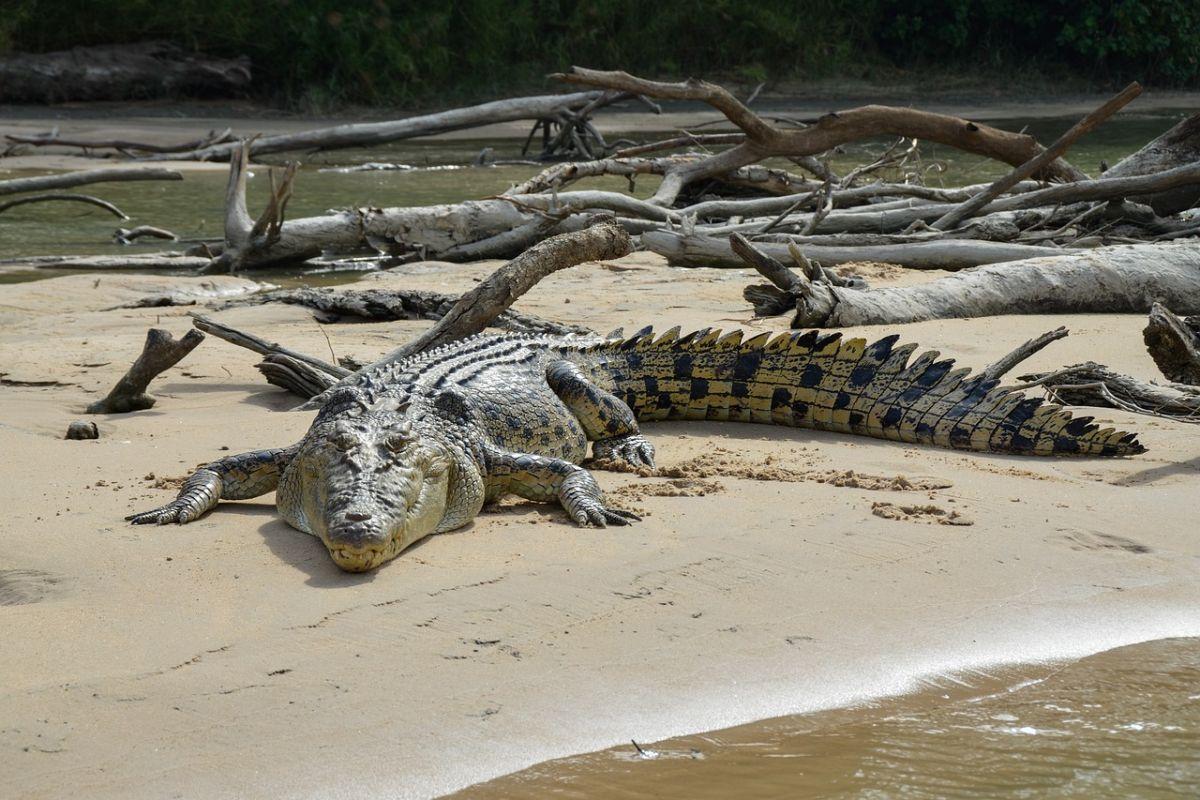
- Name: Saltwater crocodile
- Scientific name: Crocodylus porosus
- Conservation status:
The saltwater crocodile, also known as the estuarine crocodile, the marine crocodile, the sea crocodile, or the Indo-Pacific crocodile, is the largest crocodile and reptile in the world, and definitely one of the most impressive and aggressive ones. It can be found around the coastlines of northern Australia and is thriving since there are 100,000 to 200,000 individuals in the country alone.
It is a large apex predator that can kill almost anything within its range, even humans and sharks.
Best spot to see this animal: Rockhampton
11. Great white shark
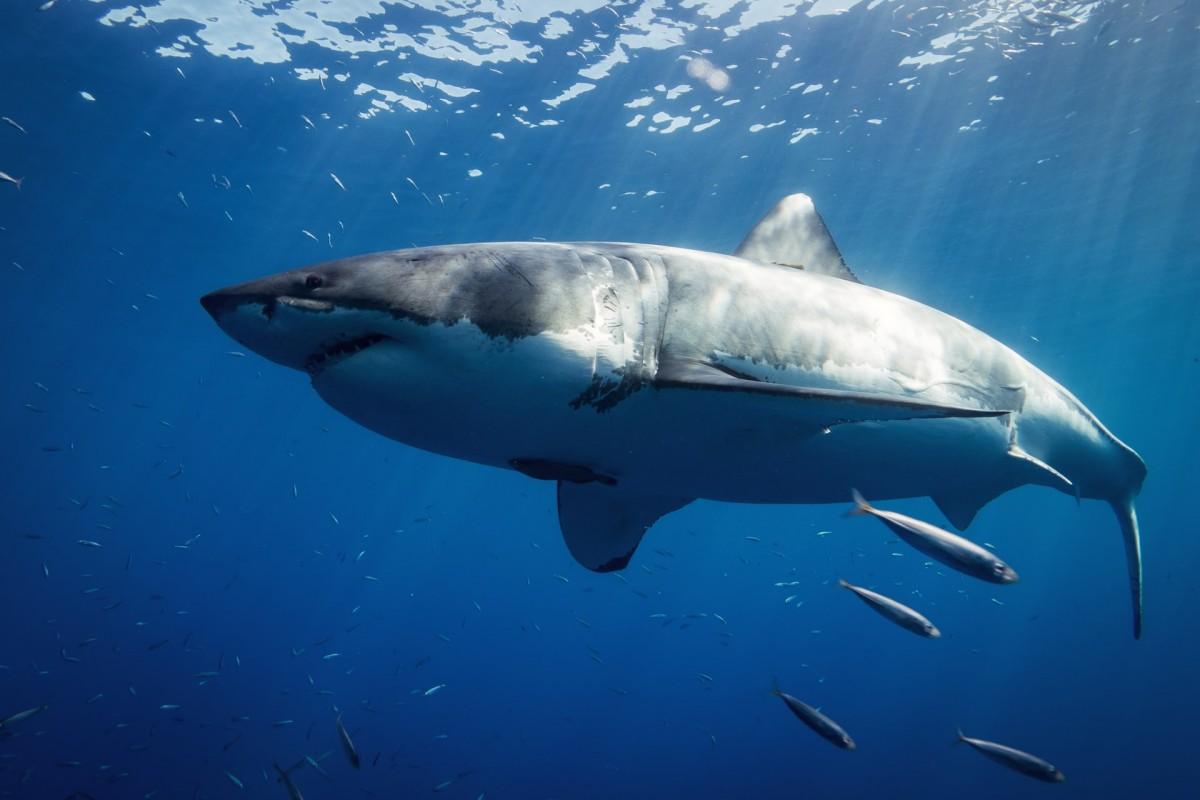
- Name: Great white shark
- Scientific name: Carcharodon carcharias
- Conservation status:
The great white shark, also known as the great white, the white pointer, or the white shark, is a large species of shark found in the coastal surface waters of all the major oceans in the world. It can reach up to 6.1 m / 20 ft in length, and females are much larger than males.
Interestingly enough, this dreadful predator can live for more than 70 years, and males need to wait 26 years for sexual maturity, while it is 33 years for females, making it a particularly threatened animal.
Best spot to see this animal: Moreton Bay
12. Southern right whale
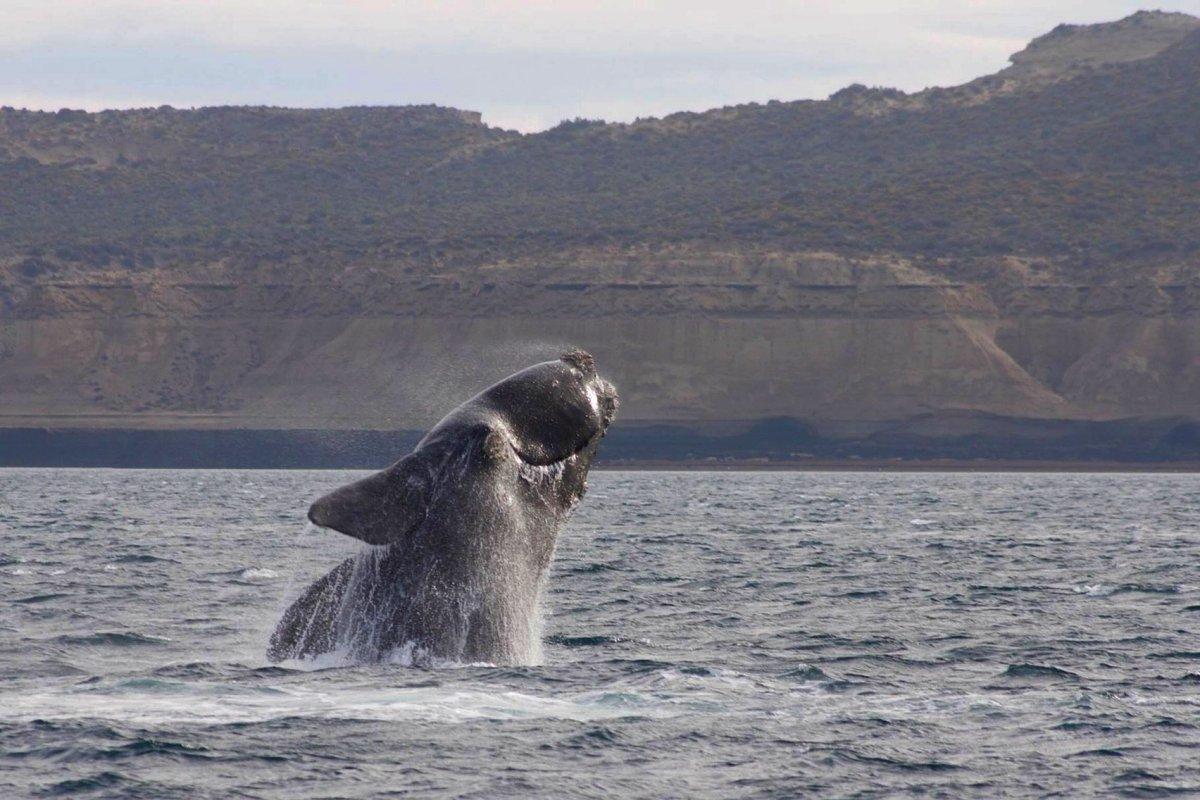
- Name: Southern right whale
- Scientific name: Eubalaena australis
- Conservation status:
The southern right whale is a species of baleen whale found in the southern half of the Southern Hemisphere, except for the coldest waters of the Antarctic. It can be found off the coast of Queensland, Western Australia, South Australia, and Victoria, and there are about 13,600 individuals left in the wild.
Believe it or not, one of the most peculiar predators of this whale is… the gull! In some areas, kelp gulls are seen attacking and pecking down several centimeters of southern right whale calves, leaving them with large open wounds!
Best spot to see this animal: Great Barrier Reef
13. Australian snubfin dolphin
- Name: Australian snubfin dolphin
- Scientific name: Orcaella heinsohni
- Conservation status:
The Australian snubfin dolphin is a species of dolphin found off the northern coasts of Australia, closely related to the killer whale. It is known to inhabit Australian waters but could be found as far north as Indonesia.
A lot is still to be discovered about it, but this dolphin can live for around 30 years. It eats fish and squid, and is an opportunistic feeder, often foraging in groups.
Best spot to see this animal: Brisbane River
14. Emu
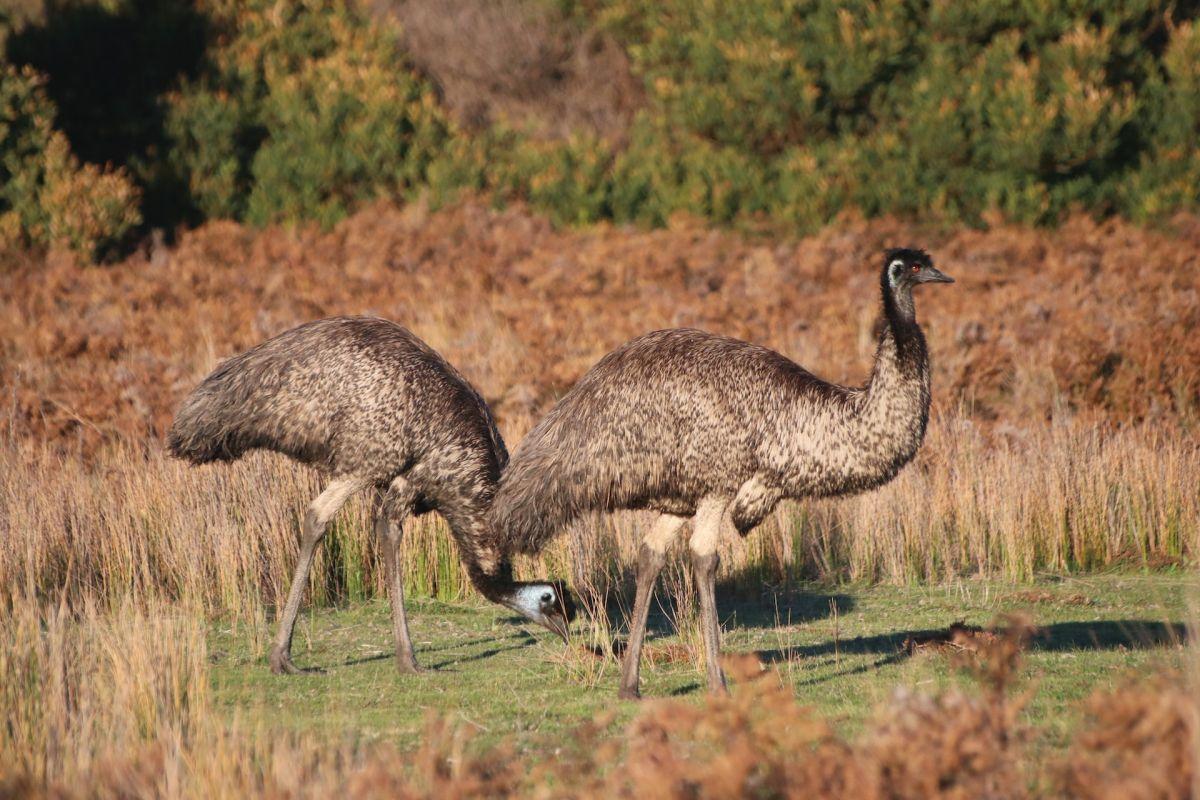
- Name: Emu
- Scientific name: Dromaius novaehollandiae
- Conservation status:
The emu is another large flightless bird found in Australia, and it is the second-largest one in the world, after the ostrich. It is endemic to the country and can be seen all around it. Although its numbers are large and its range is very wide, the emu suffers from roadkills, habitat fragmentation, and predation of its eggs.
This bird can be pretty high (up to 1.9 m / 6.2 ft) and reach great speeds of up to 48 km/h / 30 km/h.
Best spot to see this animal: Yaraka, Outback Queensland
15. Palm cockatoo
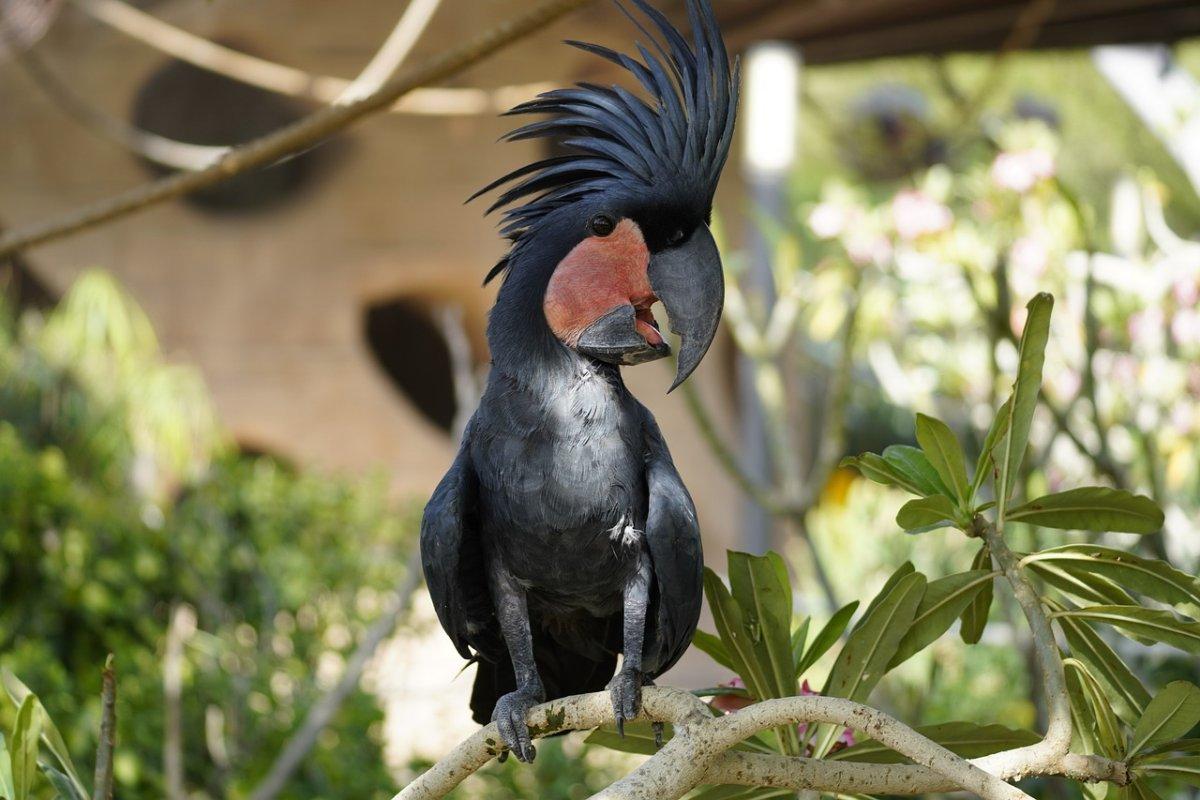
- Name: Palm cockatoo
- Scientific name: Probosciger aterrimus
- Conservation status:
The palm cockatoo, also known as the great black cockatoo or the goliath cockatoo, is a large species of cockatoo found in Australia, New Guinea, and the Aru Islands. It is characterized by its dark plumage, as well as its very large beak and red cheek patches.
This bird inhabits the rainforests and woodlands of Cape York Peninsula, in Queensland. It has an interesting territorial display, drumming with a large stick against a dead tree and creating a loud noise.
Best spot to see this animal: near the tip of Cape York Peninsula
16. Giant grouper
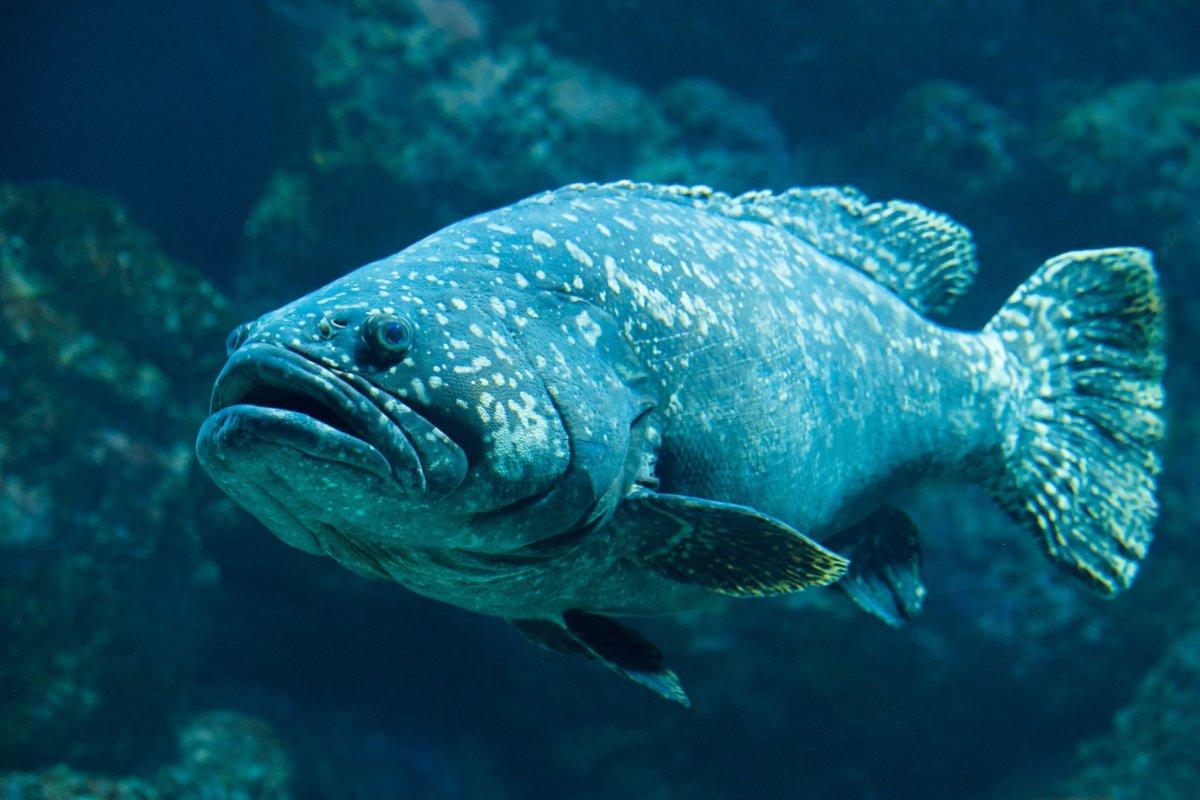
- Name: Giant grouper
- Scientific name: Epinephelus lanceolatus
- Conservation status:
The giant grouper, also known as the Queensland grouper, the mottled-brown sea bass, or the brindle grouper, is one of the largest species of bony fish in the world. It can be found all around the Indo-Pacific, and although it turns gray as an adult, juveniles are much more colorful.
This fish can be found at depths of 1 to 100 m / 3.3 to 328 ft, and it is closely associated with reefs, where it mostly feeds on lobsters and crabs.
Best spot to see this animal: Great Barrier Reef
17. Golden-shouldered parrot
- Name: Golden-shouldered parrot
- Scientific name: Psephotellus chrysopterygius
- Conservation status:
The golden-shouldered parrot, also known as the alwal, is a rare species of bird endemic to Queensland. It is pretty small and is related to the more common hooded parrot and red-rumped parrot.
This bird can be found in the open forested grasslands of Queensland, where there are lots of termite mounds, not for feeding but for nesting purposes. Only 2,000 of these birds remain, with 300 breeding pairs, and they are all threatened by predation, tourist disturbance, and feral pigs.
Best spot to see this animal: Artemis Station, Cape York Peninsula
18. Sugar glider
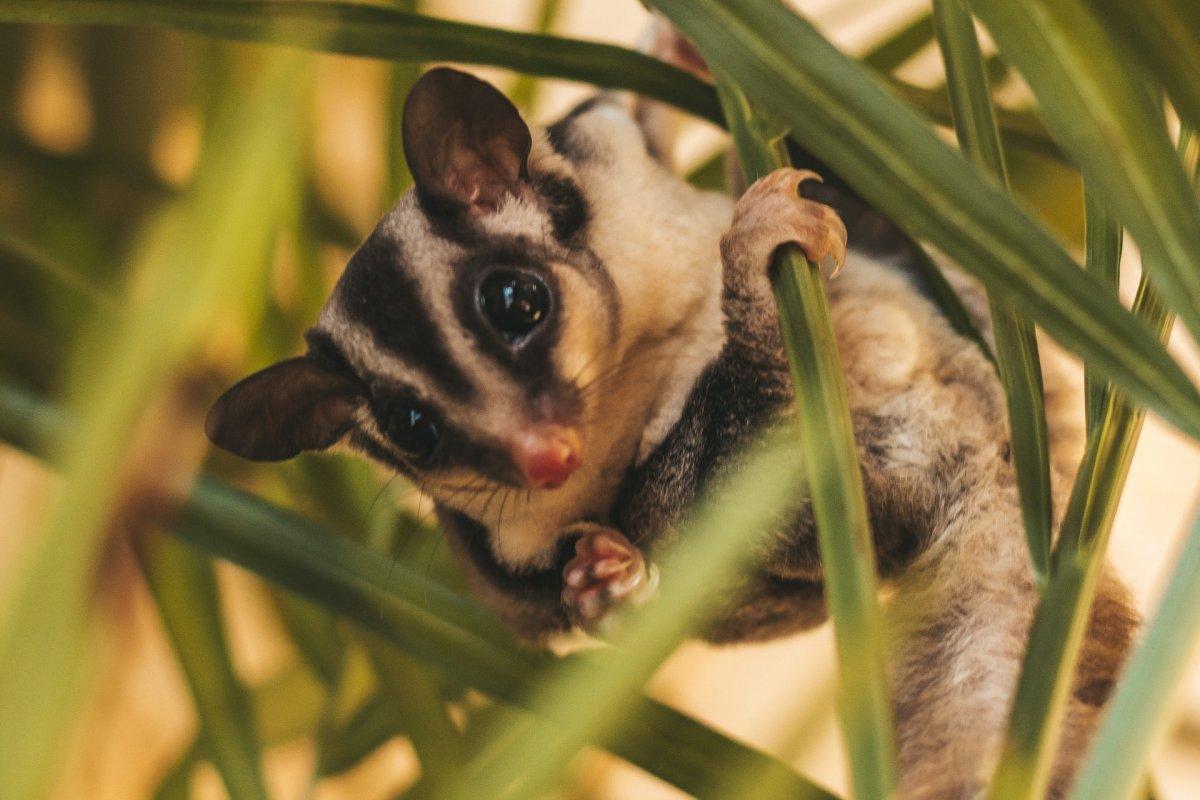
- Name: Sugar glider
- Scientific name: Petaurus breviceps
- Conservation status:
The sugar glider is a small species of possum native to northern and eastern Australia, as well as Indonesia and Papua New Guinea. It gets its name from its predilection for sugary food sources such as nectar and sap, as well as its ability to glide through the air, similar to a flying squirrel.
Gliding is ideal to escape predators and also reaching food. This mammal is covered in soft fur and has a particularly long tail.
Best spot to see this animal: small section of coastal forest in southern Queensland
19. Australian swiftlet
- Name: Australian swiftlet
- Scientific name: Aerodramus terraereginae
- Conservation status:
The Australian swiftlet is a small species of swift endemic to Queensland. After being considered conspecific with the white-rumped swiftlet, it is now considered a separate species. It usually breeds in caves and has a high-pitched flight call.
This swift breeds from July to March, in colonies of several hundreds of individuals. It feeds in flight, and preys on insects and spiders, generally within 30 km / 18.6 mi of the colony.
Best spot to see this animal: Claudie River, Cape York Peninsula
—
So there you have them, these were my 19 wild animals in Queensland. I hope you enjoyed this list and that you learned something new today.
In case you want to learn more about animals in the region, feel free to keep reading, as I still have some things to tell you about:
What is Queensland State Animal?
Queensland’s state animal is the koala.
Not only is the koala the emblem of the state of Queensland, but it is also one of the most iconic Australian animals, on top of being a prime example of the possible damages of climate change and wildfire outbreaks.
The marsupial has been representing Queensland since 1971 after a newspaper poll showed how much the public loved it.
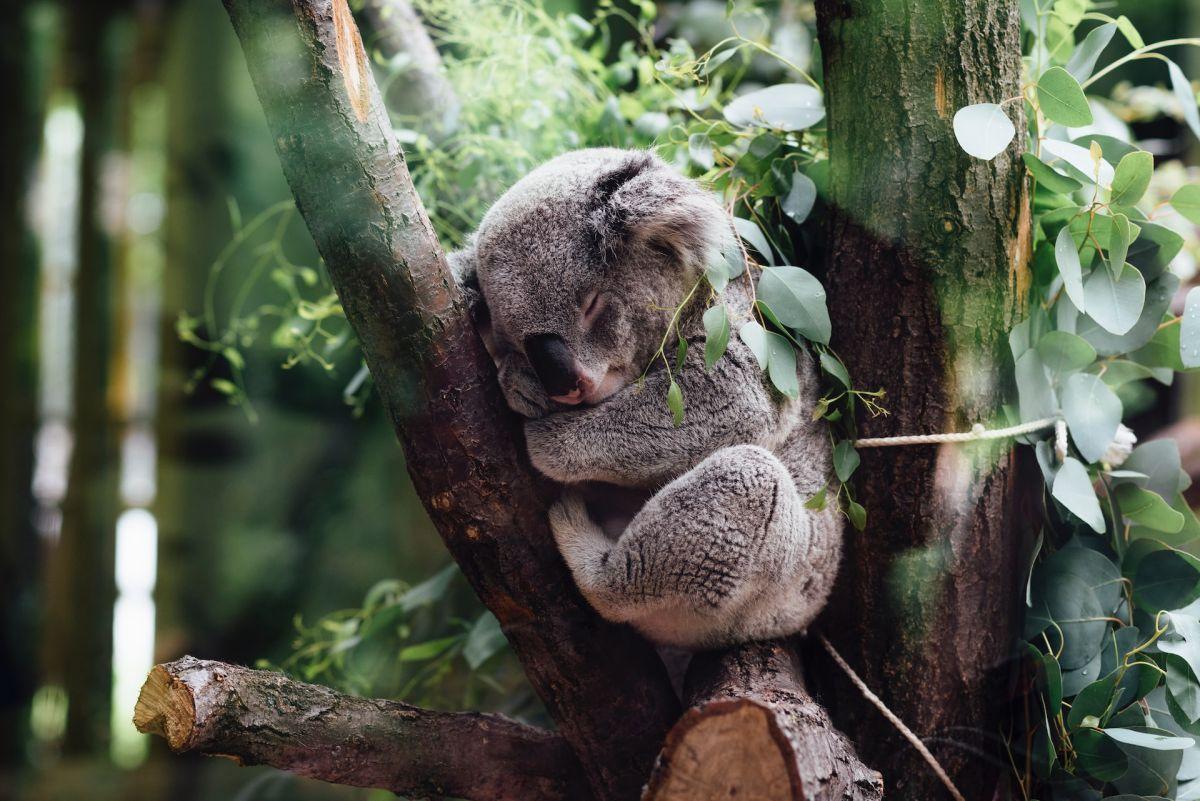
More About Animals in the World!
Loved these Queensland animal facts?
Find out all Australia’s most popular animals in this post 👉 Top 30 Wild Animals in Australia
Or go deeper into discovering Australian animals through these posts, by state:
- Wild Animals in South Australia
- Wild Animals in Victoria
- Wild Animals in Western Australia
- Wild Animals in New South Wales
- Wild Animals in Tasmania
Click here to see ALL the facts on the blog! Spoiler alert: there’s A LOT of them.
Share the knowledge! Click on the buttons below to share information about these famous animals in Queensland with your friends, and help them learn more about the world 🙂
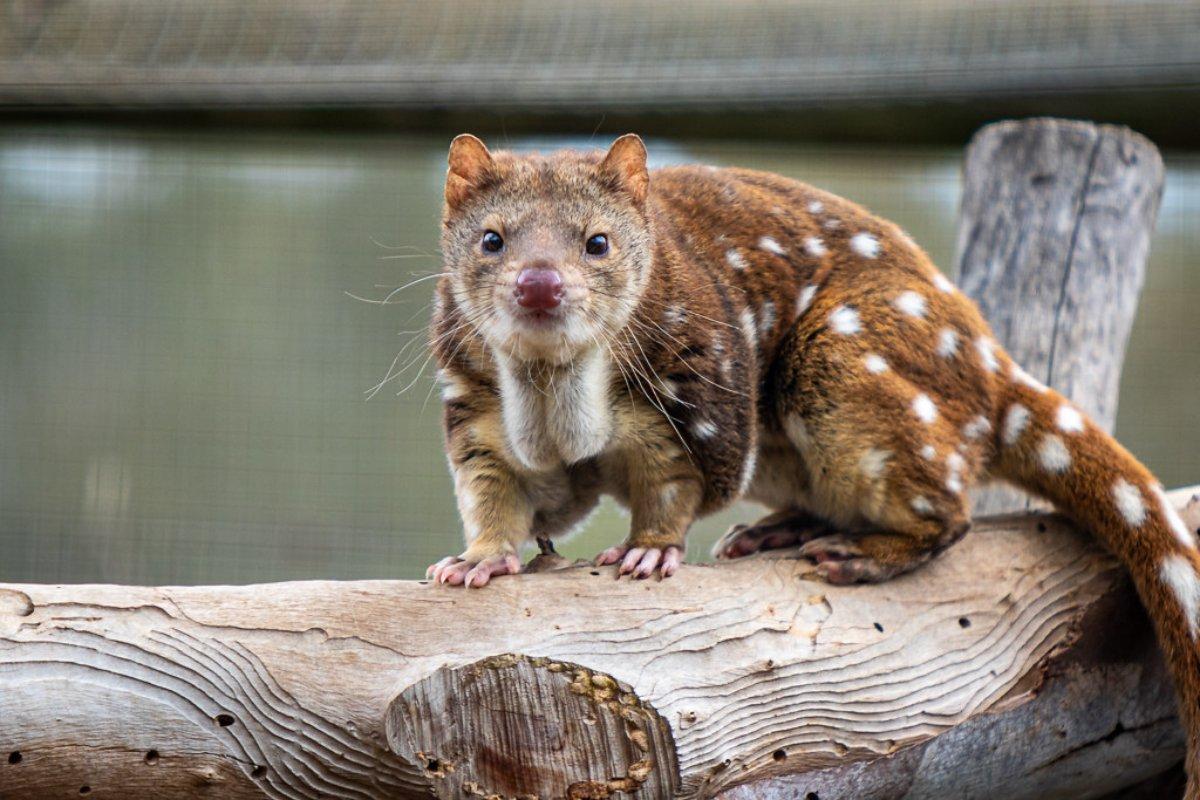
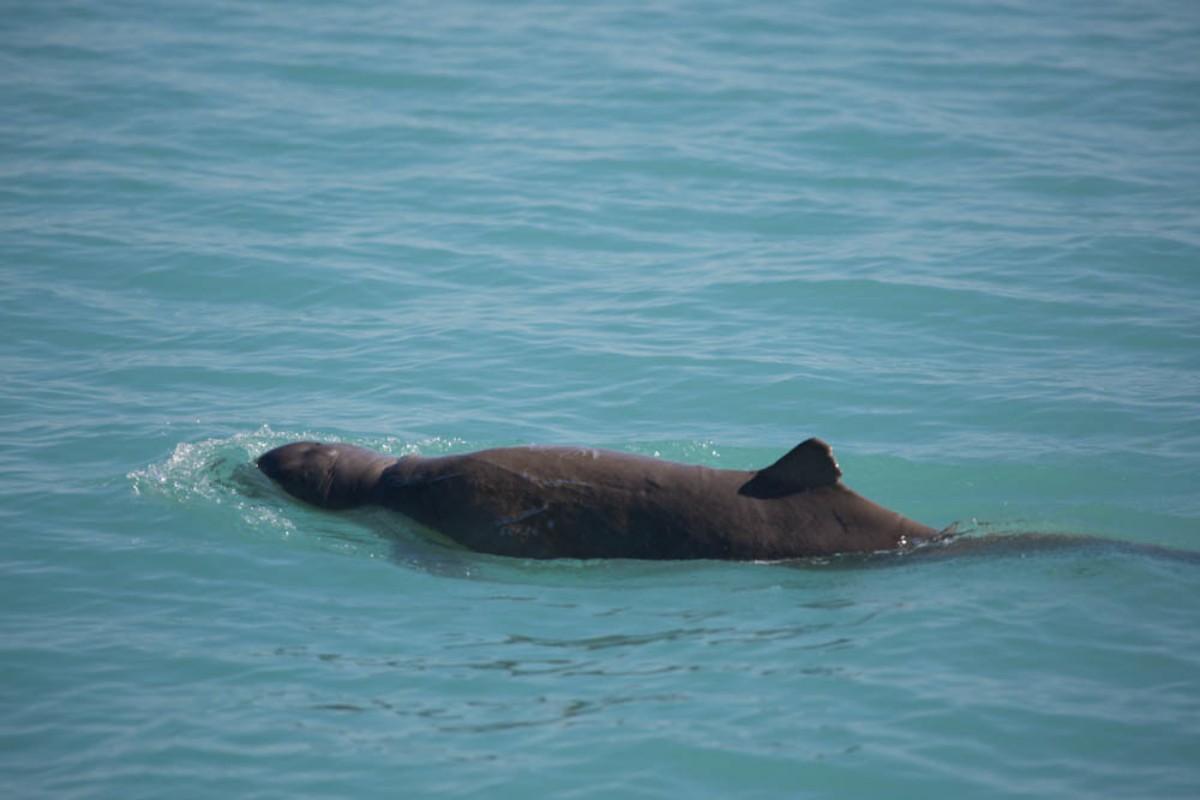
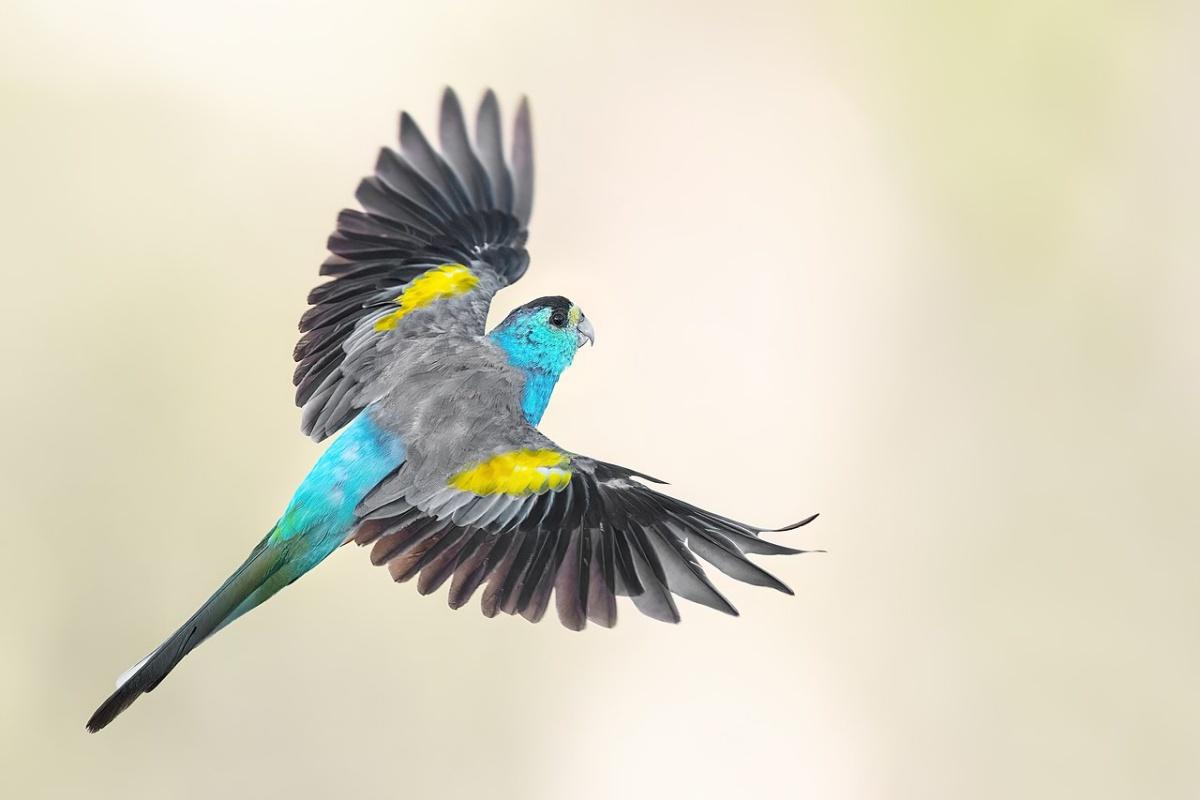
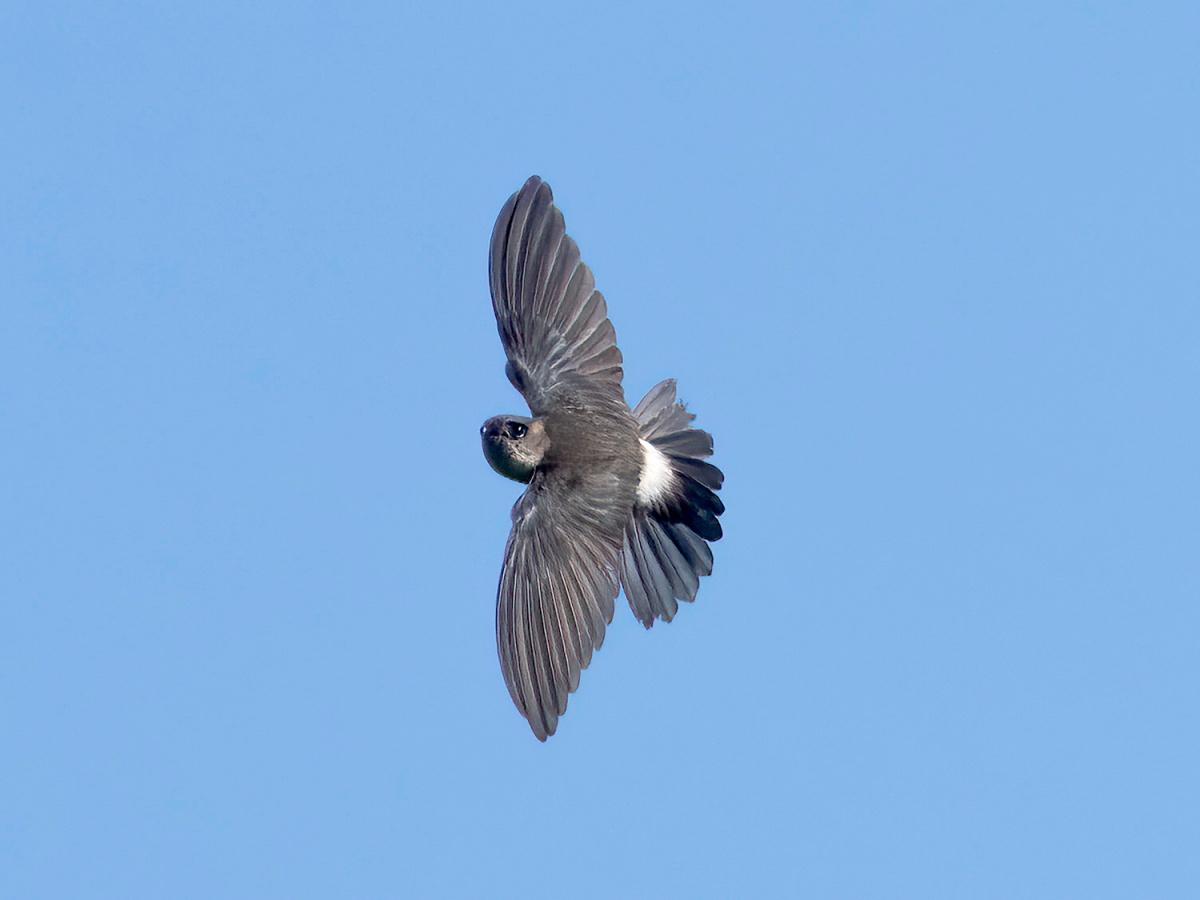

![35 Wild Animals in Colombia [Wildlife in Colombia]](https://www.kevmrc.com/wp-content/uploads/2022/07/35-wild-animals-in-colombia.jpg)
![25 Wild Animals in Scotland [Wildlife in Scotland]](https://www.kevmrc.com/wp-content/uploads/2022/10/25-wild-animals-in-scotland.jpg)
![21 Wild Animals in Western Australia [Wildlife in Western Australia]](https://www.kevmrc.com/wp-content/uploads/2023/01/21-wild-animals-in-western-australia.jpg)